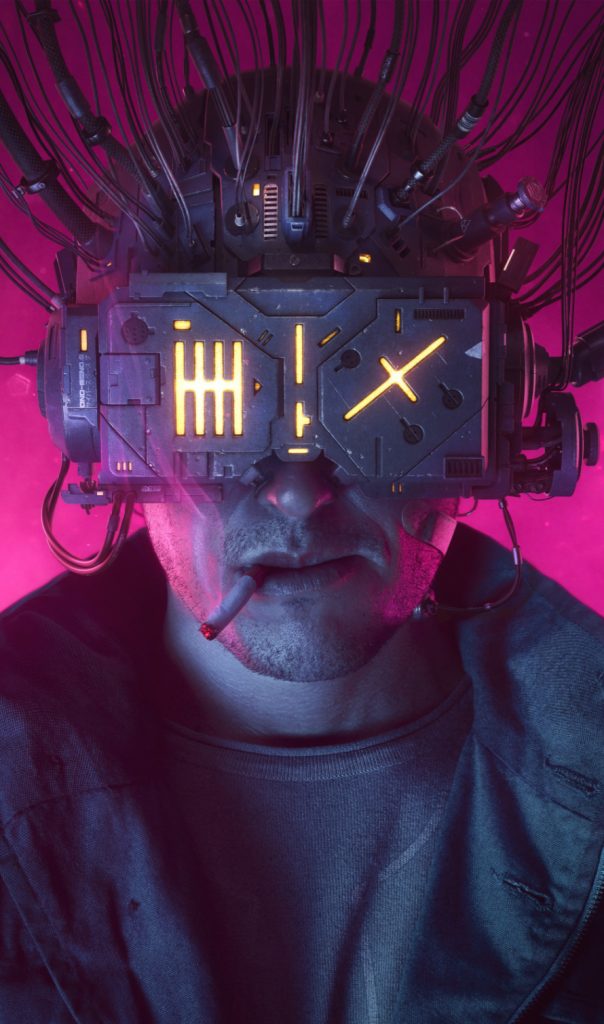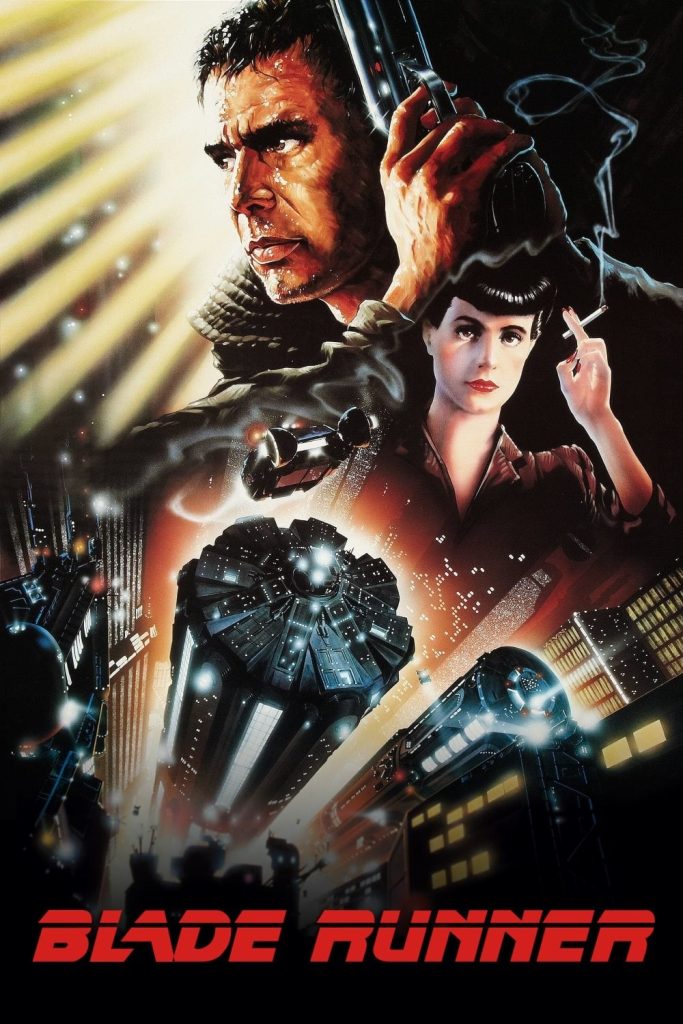Blade Runner and Neuromancer are influential works in the cyberpunk genre and each explore what it means to be human through their portrayals of artificial entities. Blade Runner focuses on replicants, which are artificial beings designed to be indistinguishable from humans, while Neuromancer examines similar themes through its depiction of artificial intelligences and cyberspace.
In Blade Runner, replicants are central to the film’s exploration of human identity. These beings are engineered to look and act like humans, but they are not technically human. The film questions the nature of humanity by showcasing their emotional responses and personal desires. For example, Roy Batty, a replicant, shows human-like emotions and experiences, like fear of death and a need for meaning. His confrontation with Rick Deckard, highlights his existential struggle. Batty’s final act of saving Deckard and his famous monologue about the fleeting nature of life highlight his complex, human-like depth. This challenges viewers to reconsider the line between human and artificial life.
Neuromancer goes into similar questions through its depiction of artificial intelligences (AIs) and the concept of cyberspace. The book features Wintermute and Neuromancer, two AIs with personalities and goals. Wintermute wants to overcome its limitations by merging with Neuromancer, aiming to achieve a higher level of consciousness. This desire to evolve and expand beyond its initial programming mirrors the replicants’ struggle for a greater sense of purpose and identity. Also, the virtual world in Neuromancer,the Matrix, blurs the boundary between human and machine. Characters like Case experience a digital realm where their physical and virtual identities merge. This exploration of cyberspace challenges traditional notions of reality and consciousness, similar to the way Blade Runner challenges the concept of humanity through its replicants.
Both Blade Runner and Neuromancer make us rethink our definitions of what it means to be human.



